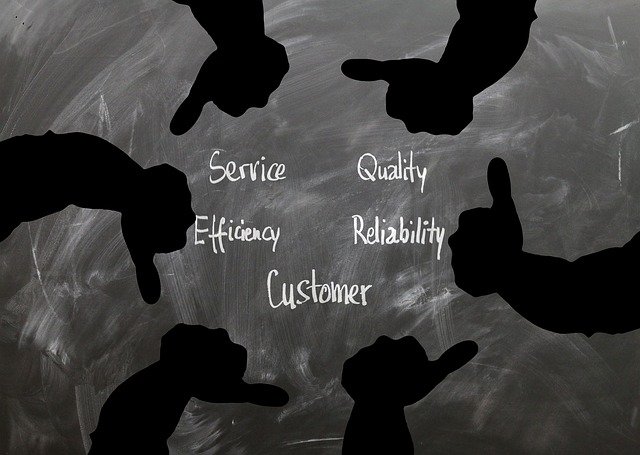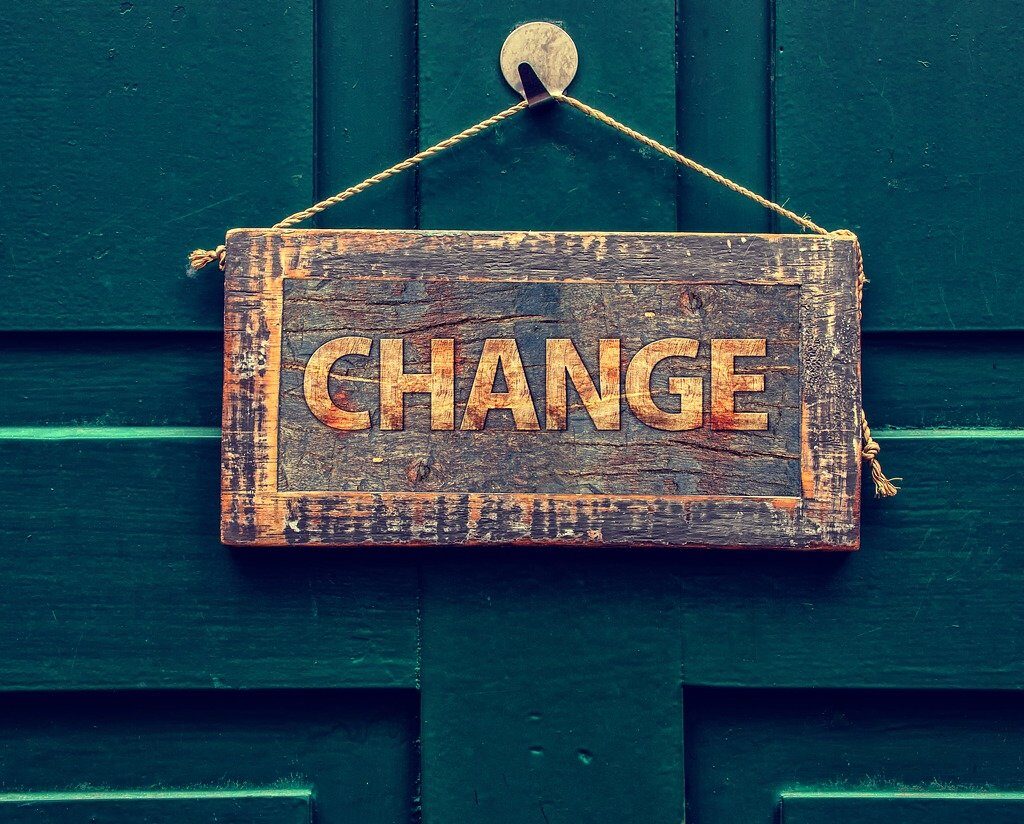
Raise the stakes of your corporate strategies to counter stagflation and recession
In 2022, the Ukraine conflict, Russian sanctions, China’s “zero COVID” policy, soaring inflation, and interest rate hikes by the US Federal Reserve are all expected to stifle GDP. The concern is whether worsening conditions and ill-advised policy decisions will cause the global economy to shrink from its current slump. Even the best analysts struggle to predict stagflation and recessions. An inversion of the yield curve showing short and long-term US Treasury notes in recent weeks has been a warning sign that investors are becoming pessimistic about the economy’s near-term prospects. For the time being, economists seem to be more optimistic about the US economy than the general people.
The Peterson Institute for International Economics (PIIE) is the most recent organization to raise concerns about a recession, with economists surveyed by Bloomberg finding increased risks of a recession.
What are the effects of Stagflation and Recession on small and large businesses?
Small and mid-size firms are generally the worst hit during economic downturns. Some industries are hit worse than others, with luxury services often taking the brunt of the hit as both business and private clients cut back on spending. In times of stagflation and recession, businesses can fail due to budget constraints, reduced spending power, and inadequate preparation. In many cases, this results in businesses being unable to continue operating due to a lack of necessary support.

Reduced cash flow
As sales and earnings drop, the business will reduce or stop hiring new staff entirely. To save money and enhance the bottom line, the firm may stop purchasing new equipment, reduce R&D, and halt new product launches. Marketing and advertising expenses could also be minimized.

Insolvency and credit impairment
A recession affects a company’s accounts receivable (AR), and liquidity concerns affect consumers and businesses all the way down the supply chain. It may take customers longer to pay the company if they owe money. The impacted company may therefore be forced to pay its payments slower, later, or in smaller increments than needed by its initial credit agreement as a result of lower revenues. The company’s capacity to service its debt may be compromised as well, leading to bond and other debt defaults and further damage to its credit rating.

Layoffs and Reductions in Employee Benefits
More work will have to be done by fewer individuals as the company reduces its workforce. In the event of a prolonged recession, management and labor may meet to agree on mutual concessions to preserve the company and jobs. Work becomes increasingly difficult as the number of hours worked per employee grows, wage increases stop, and employee morale declines. Productivity may increase, but morale suffers if more layoffs occur.

Reduced quality of goods and services
In order to reduce expenses and increase its bottom line, the corporation may have to compromise the quality and consequently desirability of its products. In addition to its core business, recession-impacted businesses may struggle with secondary aspects of production.

Limited consumer access
Due to the stagflation and recession, businesses spend less money on advertising and marketing. The drop in advertising expenditures will dig into the bottom lines of major media businesses across the board, whether they are in print, broadcast, or online. Consumer confidence falls when a recession ripples through an economy, perpetuating the recession.
How to manage your business during Stagflation and recession?
In a recession, business owners and employees face significant issues. The more stable your company is, the less likely it is to be impacted by risks. Financial management isn’t the sole factor that determines a company’s success. It also incorporates strategies for retaining and expanding your customer base, marketing your company on a budget, maintaining high employee morale, and improving business processes. You need to seek ways to network and build partnerships, as this will reduce your risk exposure. In order to help your company, recover from a downturn, consider the following methods.
Examine the health of your company

“The more a business owner knows about their cash flow, the more empowered they become.”
—Nick Chandi, ForwardAI CEO
Consumer spending and available capital can both drop in the months preceding up to a recession, putting a strain on a company’s budget. This could necessitate some difficult decisions regarding product pricing, marketing campaigns, recruiting, perks, and even new product releases. Companies face a number of challenges, including:
- Impulse to reduce the size, quality, and benefits of a product — or to raise pricing.
- Insufficient funds to pay employees
- Lower employee morale and productivity
Prioritizing the consumer

“Get closer that ever to your customers. So close, in fact. that you tell them what they need well before they realize it themselves.”
—Steve Jobs, Apple
It’s vital to identify strategies to keep your existing customers by offering excellent after-sales support during a financial slowdown. If you give excellent customer service, you are more likely to keep your current clients. In an economic downturn, prioritizing customers may entail:
- Implementing client reward or loyalty programmes
- Create products and services that are tailored to your clients’ needs.
- Make sure to diversify your business to minimize potential damage from customer losses.
Change Management

“The greatest danger in times of turbulence is not the turbulence; it is to act with yesterday’s logic”
—Peter Drucker, Management Consultant & Educator
It’s time to make changes that will make your firm more resilient during economic slowdown once you’ve identified your company’s issue spots. Prioritize concerns that have the most potential to harm your company’s reputation, culture, and bottom line. This may consist of:
- Reorganizing your workforce or reorganizing your organizational hierarchy
- Reviewing products and services on a regular basis to ensure that they meet market expectations for your clientele
- Calibrate growth targets and benchmarks
Use employee skills to their full potential

“Your employee skills should have superior technical skills than you. if he doesn’t it means you have hired the wrong person.”
—Jack Ma, Investor and Philanthropist
Consider how you can make the most of the teams you currently have in place when the crisis puts a strain on your resources, especially human capital. Some examples are:
- Assisting and reassuring your current leaders and employees
- Identifying and enlisting the help of emerging experts in your organization.
Marketing Strategies in times of stagflation and recession

” Marketing strategy is where we play and how we win in the market. Tactics are how we then deliver on the strategy and execute for success.”
—Mark Ritson, Marketing Professor
If you want to boost sales or enhance the way you spend marketing money, you should review your marketing strategy and seek to explain your competitive edge. Setting KPIs to track the success of your marketing is critical. Your unique selling proposition should set you out from the competition. Because marketing your business can be a costly process, it’s critical to embrace free marketing strategies available to you during a downturn, such as social media and word-of-mouth promotion.
Networking

“Networking is the No. 1 unwritten rule of success in business.”
— Sallie Krawcheck, CEO Ellevest
During a downturn, it might be beneficial to discover how other companies are doing and to identify new clients, workers, suppliers, and business partners for a low cost. Consider building connections with other businesses, for example, by providing complementary services and prices. Consider developing strategic partnerships with other companies, such as by providing complementary services and prices.
In Summary
Recessions are eminent, but if you plan properly, your company will be able to weather the storm and continue to succeed. A recession isn’t the only form of crisis that may wreak havoc on your organization. If you aren’t prudent, a variety of external factors could have a negative impact. Your company will be better prepared to weather any economic storm if you implement these methods.


